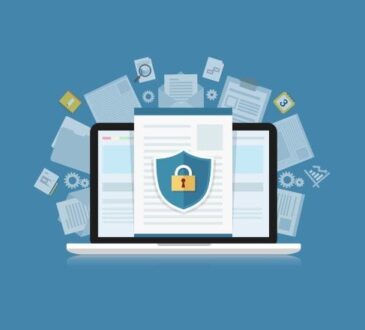
As the healthcare industry continues its transition to electronic health records (EHRs), many organizations are preparing for it. While there is no one-size-fits-all approach to preparing for this implementation, there are certain steps that all organizations should take to ensure a smooth transition. The following checklist can help organizations get started on the path to successful EHR implementation.
- Define your goals and objectives.
What are your organization’s goals for implementing an EHR system? Be sure to involve key stakeholders in this process so that everyone is on the same page.
- Assess your readiness.
Is your organization ready to implement an EHR system? Consider factors such as staff training, workflow, and budget when making your assessment.
- Select your EHR system.
Not all EHR systems are created equal. Make sure to select an EHR system that meets your organization’s specific needs.
- Plan for change management.
Change can be difficult for even the most well-prepared organizations. Make sure to develop a comprehensive change management plan to ensure a smooth transition to your new EHR system.
Here are some additional checklists for a smooth transition:
- Back up your data
This is perhaps the most important step in preparing for EHR implementation. Make sure all of your patient data is properly backed up and stored in a secure location. This will help ensure that your data is available when you need it and that you can quickly and easily recover from any problems that may occur during the transition to EHRs.
- Train your staff
Your staff will need to be trained on how to use the new system. Be sure to allow enough time for this process and consider using outside help if needed. EHR implementation is a great opportunity to improve communication and efficiency in your practice.
- Test, test, test
Before going live with your new EHR system, be sure to test it thoroughly. This will help identify any potential issues and give you a chance to fix them before they cause problems for patients or staff.
There are a few different ways you can test your system. First, you can do a dry run with dummy data. This will allow you to see how the system works without having to worry about real patient information. Second, you can have staff members use the system to see how it works in a real-world setting. This will help you identify any potential glitches or areas that need improvement. Finally, be sure to run a full data simulation to ensure that the system can handle the volume of information it will be processing.
- Go live
Once everything is tested and ready to go, it’s time to go live with your new EHR system.
There are a few things you should keep in mind as you go live. First, take things slowly at first and give yourself time to adjust to the new system. Even though you’ve tested it out, there will inevitably be some hiccups as you get used to using it in a real-world setting. You also need to make sure to communicate with your staff and patients about the change. Let them know what to expect and how the new system will benefit them. Mostly, have a plan in place for dealing with any issues that come up.
- Evaluate and adjust
After you’ve gone live with your new EHR system, take some time to evaluate how it’s working. Are there any areas that need improvement? Make sure to adjust and improve as needed so that your EHR system is truly working for you and your patients.
By following these simple steps, organizations can set themselves up for success when implementing an EHR system. We hope this checklist has been helpful. If you have any questions or need assistance, please don’t hesitate to reach out to us. We’re here to help make this transition as smooth as possible for you and your patients.




